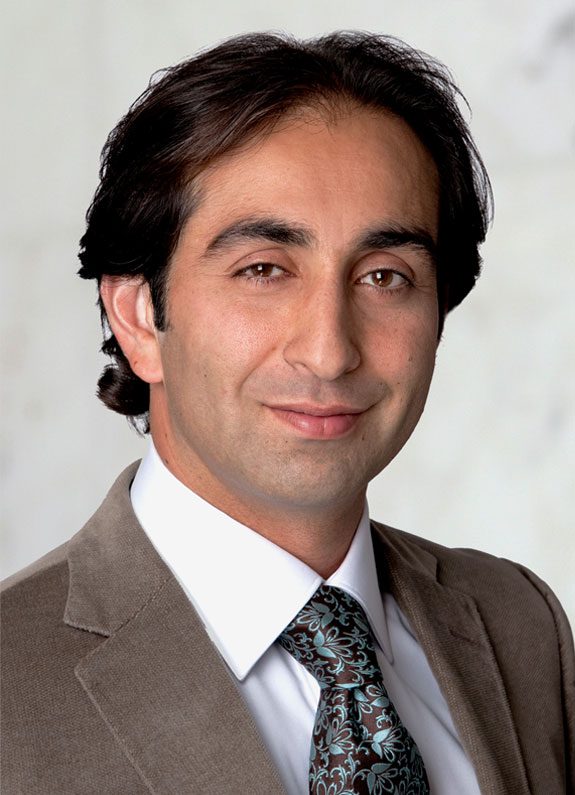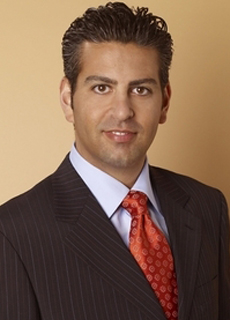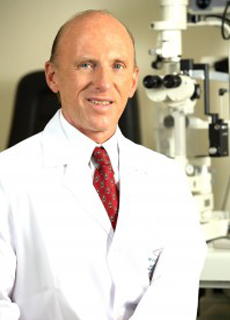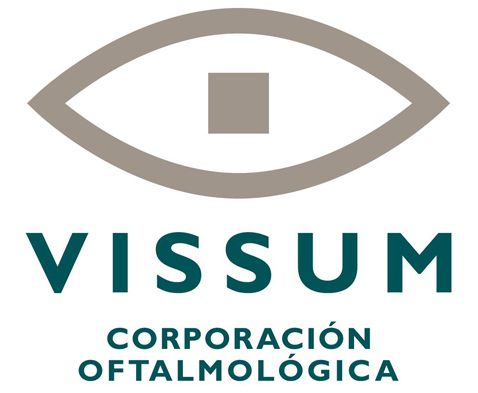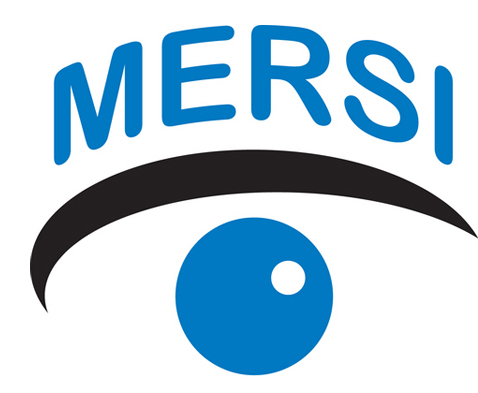REQUEST AN APPOINTMENT
TESTIMONIALS
Top Causes of Dry Eyes
Dry eye syndrome is a condition that occurs when a person does not produce enough tears to fully lubricate the eye. In eyes with normal tear production, the surface of the eye (cornea) is lubricated every time a person blinks, helping to keep the eye clean and free of external particles and pollutants like dust and pollen. Adequate tear production is also important in helping to keep the eyes free from infection and to aid with visual clarity. Dry eye syndrome can be very common and anyone, particularly older adults, can suffer from the condition.
Symptoms of Dry Eye Syndrome
The ophthalmologists at Beverly Hills Medical Center – Kuwait offer specialized dry eye treatment in Kuwait and have identified some of the most common symptoms in patients potentially experiencing dry eye syndrome.
- Pain
- Gritty sensation in the eye
- Itching and redness
- Blurred vision
- Increased sensitivity to light
- Sensation of sand or other foreign objects in the eye
What Causes Dry Eye Syndrome?
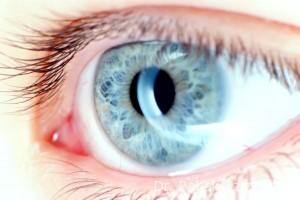 Dry eye syndrome is the result of inadequate lubrication of the eye due to diminished or insufficient tear production and drainage in one or both eyes. Since every person’s eyes are different, the symptoms and causes of dry eyes will vary from individual to individual. However, there are a few general factors that can contribute to whether a person will suffer from the condition.
Dry eye syndrome is the result of inadequate lubrication of the eye due to diminished or insufficient tear production and drainage in one or both eyes. Since every person’s eyes are different, the symptoms and causes of dry eyes will vary from individual to individual. However, there are a few general factors that can contribute to whether a person will suffer from the condition.
Inadequate Tear Production
In cases where dry eyes result from insufficient tear production, the glands that control the mechanism of adequate tear production and drainage are impaired and can interfere with eye lubrication. Risk factors that can contribute to inadequate tear production include:
- Age – Normal tear production has been known to diminish with age, and many adults over the age of 65 experience some degree of dry eye symptoms.
- Certain Medical Conditions – Patients suffering from rheumatoid arthritis, diabetes, thyroid problems, blepharitis (inflammation of the eyelids), or inflammation of the surface of the eye can also be susceptible to dry eye syndrome.
- Side effects of certain medications – Certain medications, such as anti-depressants, can exacerbate diminished tear production and dry eye syndrome.
- Environmental irritants and pollutants – Everything from environmental allergies, wind, exceptionally dry climates, air conditioning, increased sun exposure, and eye strain from staring at a computer screen for prolonged periods of time can affect the levels of tear production or evaporation and lead to dry eye symptoms.
- Gender – Women can be more likely to develop dry eye syndrome due to hormonal changes that occur during pregnancy, the use of oral contraceptives, and menopause.
Poor Tear Quality
When dry eye syndrome occurs as a result of poor tear quality, the tears evaporate too quickly or do not spread evenly enough to fully lubricate the cornea and protect the surface of the eye.
Each tear consists of three layers: water, oil, and mucus. The oil and mucus layers serve to prevent the water from evaporating too quickly and to spread evenly across the cornea so that the surface of the eye is fully lubricated. When one of the layers is out of sync it affects the entire process.
Contact a Kuwait Ophthalmologist Today!
If you’re suffering symptoms or at risk for dry eye syndrome, it’s important to consult with an experienced ophthalmologist to receive proper diagnosis and treatment. Contact a specialist at Beverly Hills Medical Center of Kuwait to schedule an appointment at +(965)-222-89999 or request an appointment request an appointment online.
Next, read more about How To Avoid Dry Eye Syndrome.


